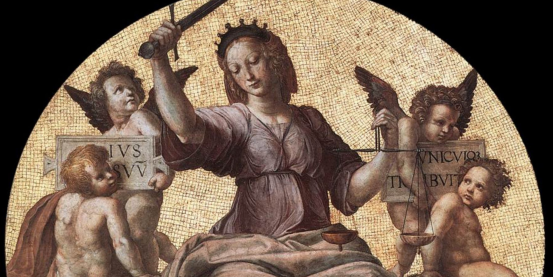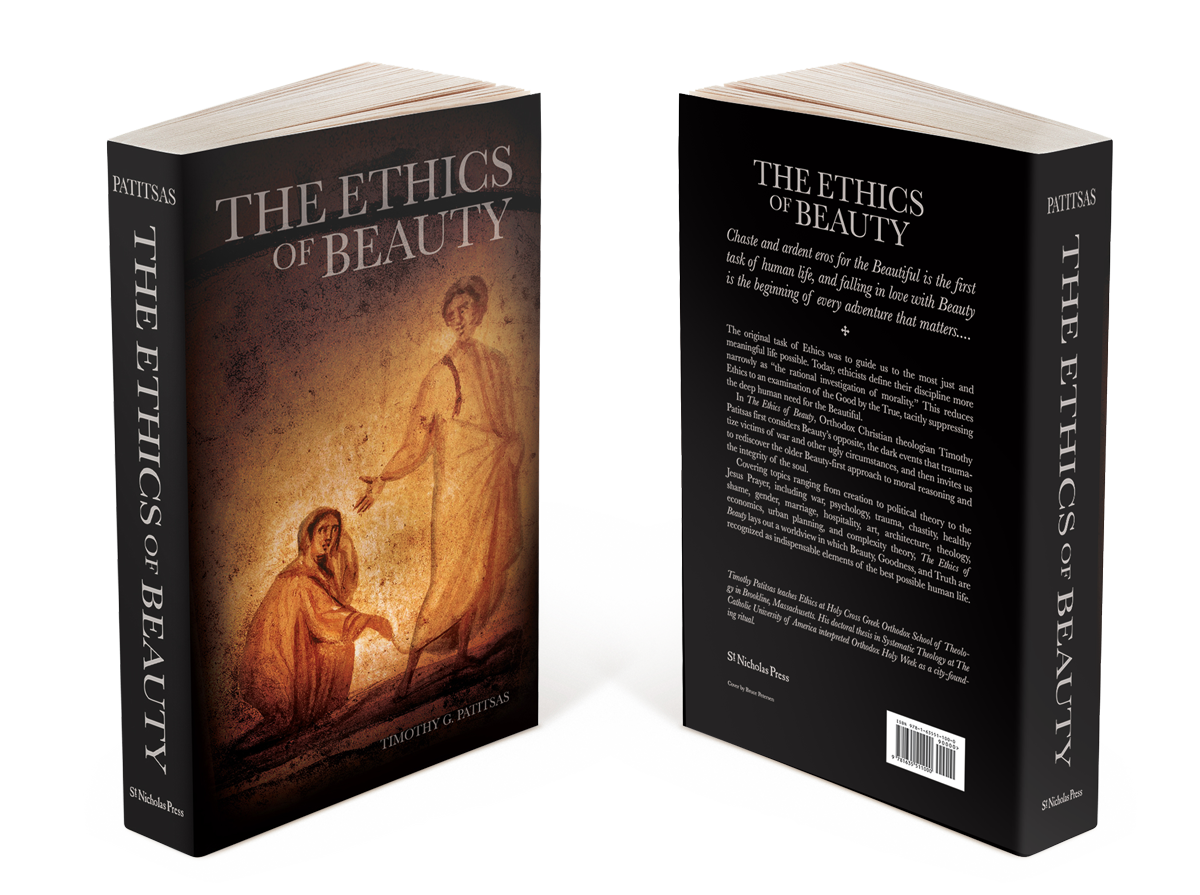Content taken from chapter 7, “The Fractal Character of the Response to Christ Crucified,” of Ethics of Beauty by Dr. Timothy Patitsas, ©2019. Used by permission of St. Nicholas Press.
The Fractal Character of the Response to Christ Crucified
All in all, I count eight beautiful ways that we react with perfect love to the presence of Christ in
the crucified poor. These ways are: the services of the Church; noetic prayer; monastic charity;
motherhood; mission work; social or philanthropic work; all the hospitalities of marriage; and our
vocations in the world. I am sure that there are others, although some of them fit within these
first eight. For example, teaching our children is either a vocation, or it is an aspect of
motherhood; theologians/bishops who “rightly divide the word of the truth” are the heart of
both mission and the divine services; and so forth.
Here is what I want to stress: in a healthy society, in a healthy Church, we shall find all eight of
these main responses to the poor honored and promoted and practiced. And moreover, if any one
of these eight is missing, this may be a sign that each of the ones we are still doing is somehow
suspect; the good that we do witness may not be organic, not fractal, if parts of it
are absent.
As an example, a society that cannot praise God properly may talk a good game about helping
the poor, but if we scratch the surface we will find that its care for the poor is somehow amiss. In
the communist case, “helping the poor” somehow always manages to make everybody poor, for
example. A church with no mission work probably isn’t feeling much devotion to its divine
services. A society that humiliates its poor will soon enough find motherhood disparaged and its
birth rates dropping.
There is something else which is even more wonderful: when the response to Christ is whole and
genuine, we will find within each of the eight responses to the poor all of the other seven
responses! This “nesting” of the eight ways within each other is what gives our social concern a
properly fractal, an organic and alive, character.
For example, within motherhood we so clearly see mission work, as it is from their mothers and
grandmothers that so many great saints learned their faith; we see hospitality, as the mother
welcomes the child at every stage, no matter how difficult, of its life; we see care for the poor, as
the mother so naturally extends her care to strangers and because her own children are so
infinitely poor without her; we see religious ritual, as she lights the kandili before the icons at
home and leads the family to prayer; we see noetic prayer, as she learns the great art of
unknowing in her constant reliance on God, even if she has never even heard of the Jesus Prayer;
and so on.
Again and again, we see that within any of these eight ways of helping the poor, the other seven
are present.



